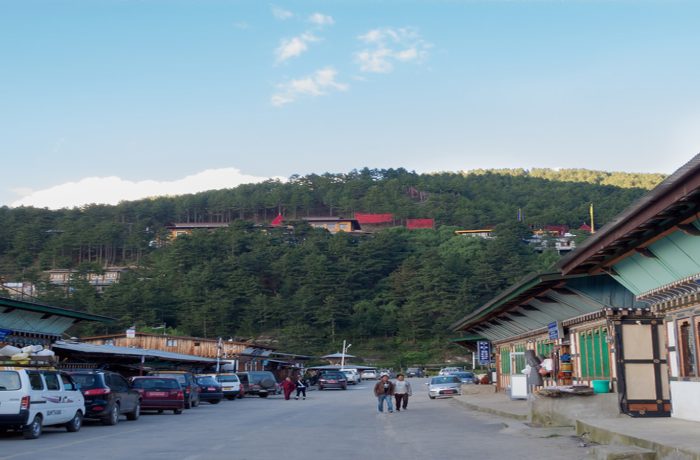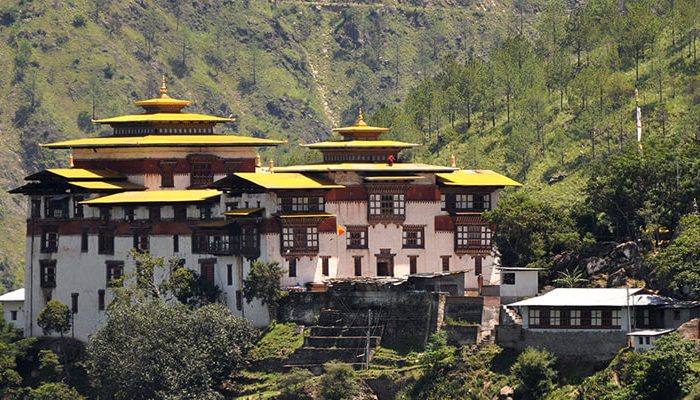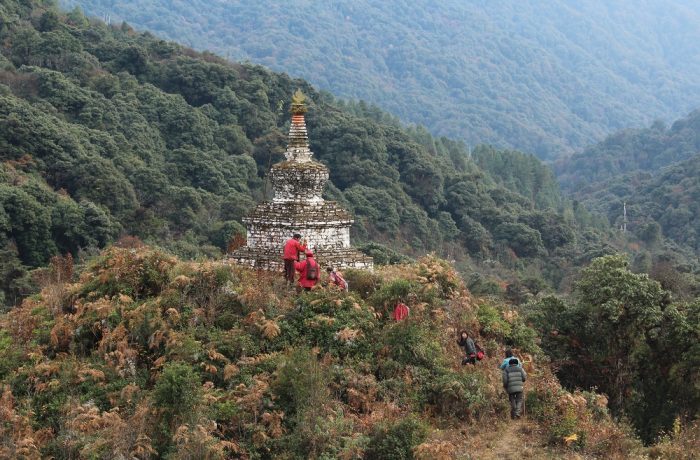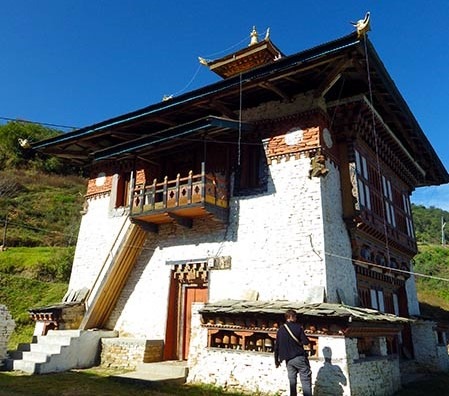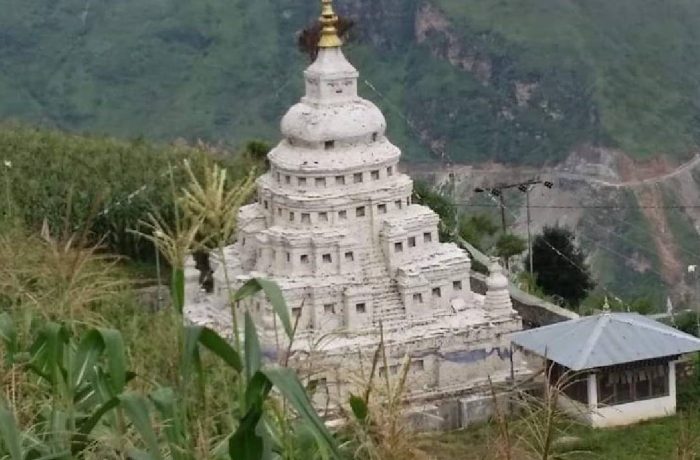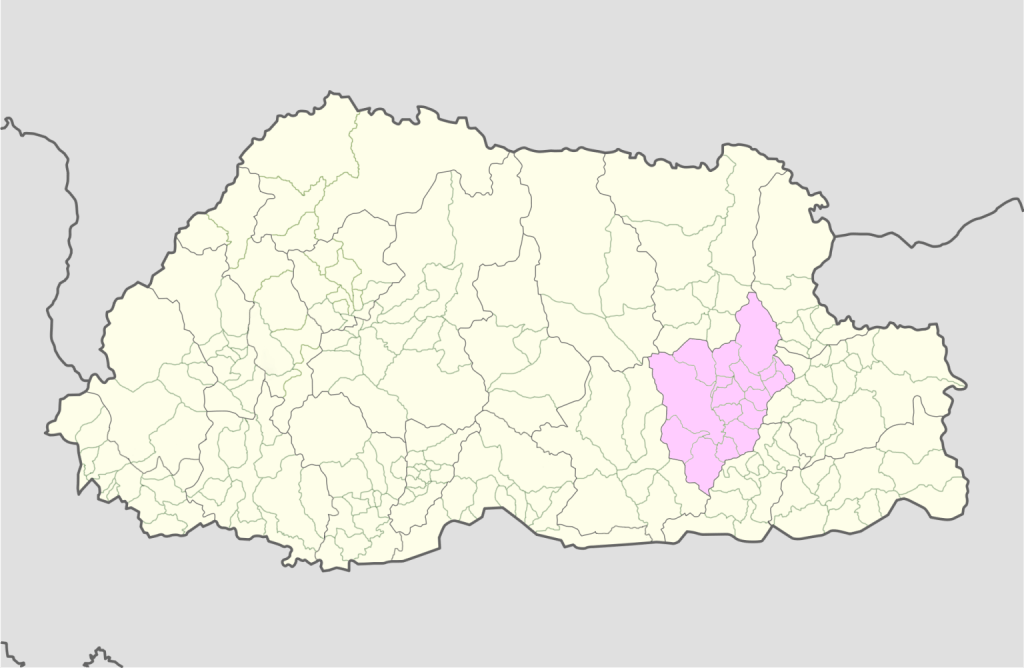
The road approaching Mongar is one of the most spectacular journeys in the country. It passes over sheer cliffs and through beautiful fir forests and green pastures. Travelers passing this route will have the opportunity to visit the Rhododendron garden. There are countless varieties of rhododendrons here and on clear days you can even catch a glimpse of Gangkhar Puensum (7541 m), a strong candidate for the world’s highest unclimbed mountain.
Mongar district covers an area of 1,954 sq. km with elevations ranging from 400m to 4,000m and has a population of about 38,000. The landscape is spectacular with stark cliffs and deep gorges set amidst dense conifer forests. The region is known for its weavers and textiles, and fabrics produced here are considered some of the best in the country.
Mongar is the fastest-developing dzongkhag in eastern Bhutan. A regional hospital has been constructed and the region is bustling with many economic activities. Mongar is noted for its lemon grass, a plant that can be used to produce an essential oil. It also has a hydro power plant on the Kuri Chhu river. The western part of Mongar district contains part of the Thrumshingla National Park, and northeastern part of Mongar district contains part of the Bumdeling Wildlife Sanctuary (the gewog of Sharmung).
In the past, this region was known as the bastion of the Zhongarps as it produced some of the finest administrators in the country whose descendants still continue to play an active part in the political scene of Bhutan.

